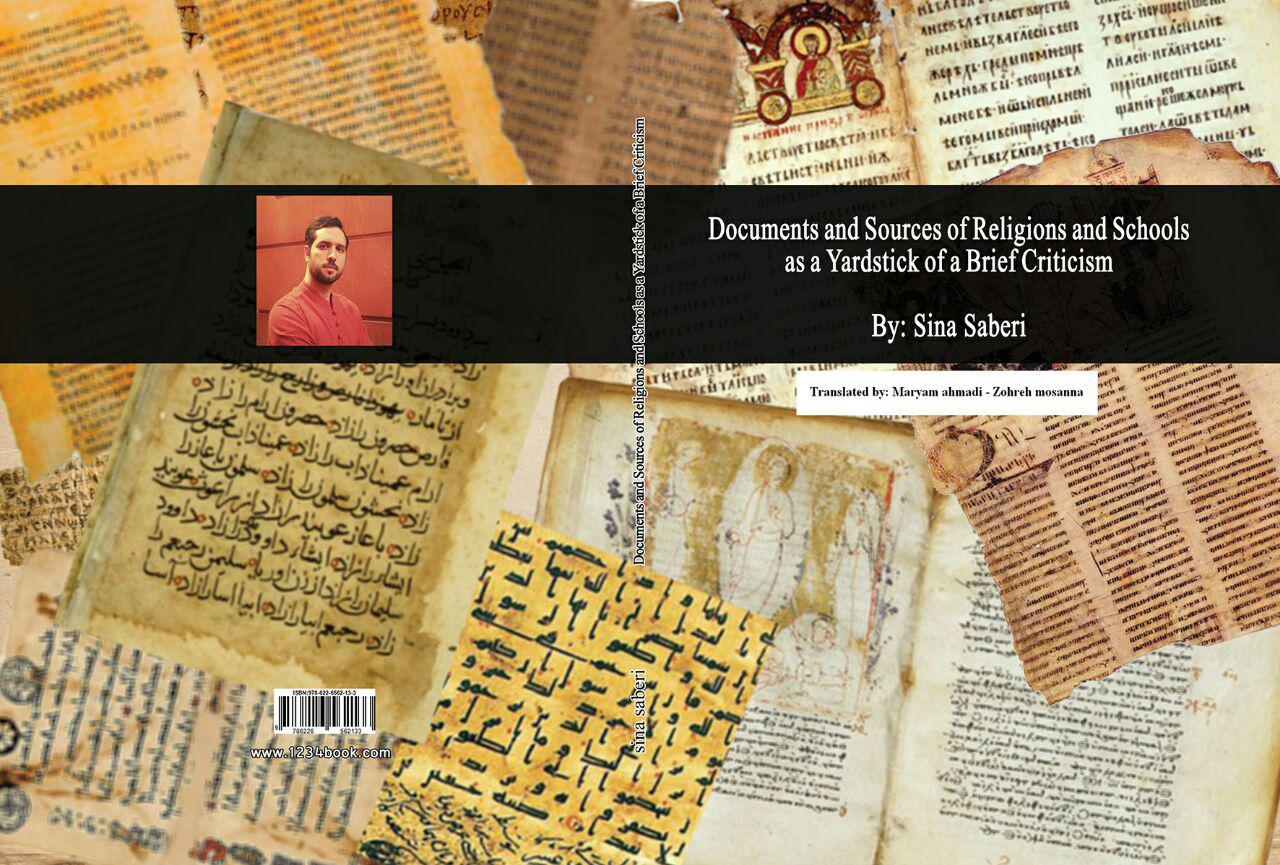In examining different thoughts, one of the most fundamental aspects to be considered is the source of that thought. That means whenever an idea is put forward by an individual or a group, their reasons for authenticity of their words must be first examined, so that the investigation of the source helps us understand other aspects of the subject. Obviously, this is if those words are rooted in the sources of the past, otherwise, if a new idea or comment is expressed in the form of a new theory with no historical basis, there is no need to examine its historical trail.
Therefore, if there is a historical trail, it should be referred to; and the closer you get to the founding point of that thought, the more reliable the attribution of that idea to its originators.
This method of investigation can be seen and adopted in all sciences and their branches, but the most striking example of it is seen in the study of the course of religions and schools, where there is always a strong competition between religions and schools in attributing weaknesses or strengths to one another, so that each considers its own source and thinking to be authentic, and accuses others of having weak beliefs.
This raise the question of what is the first step to determine the closeness of a word to the truth in our time. This is especially important when the subject of the debate is a religion-not a school-because religions have always had a greater scientific and practical scope compared to schools arisen from other thoughts, a fact that makes religions more important.
The answer to this question depends highly on determining the existence of that source, that is, when a subject is raised, it should be examined to see if it is actually and originally existed in the real world. Many of the opinions expressed and reviewed in the public and even academic arena lack documentation, and it is only after determination of existence of the documents that other related aspects, such as the structure of contents, can be evaluated.


